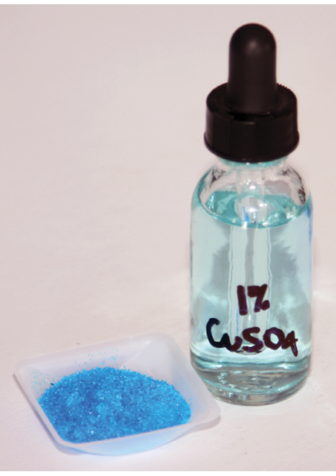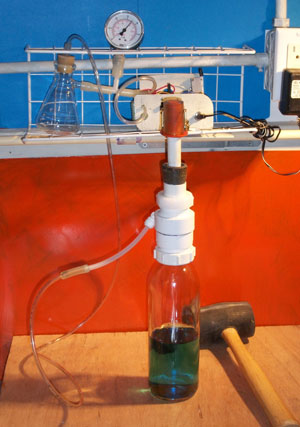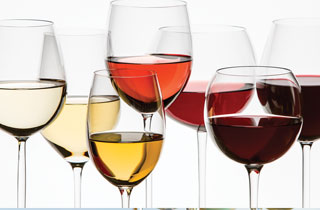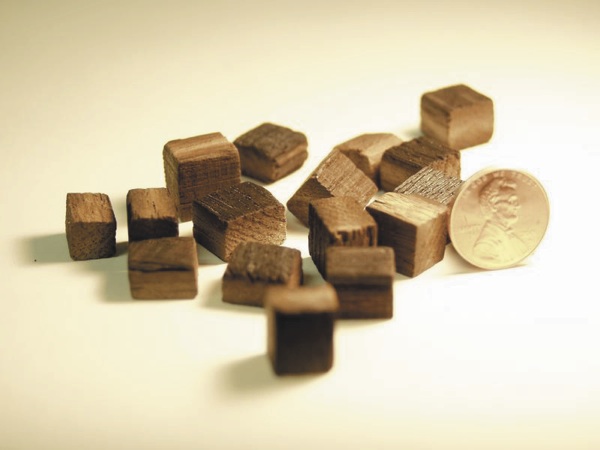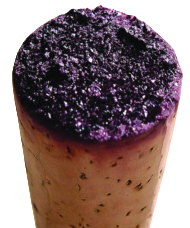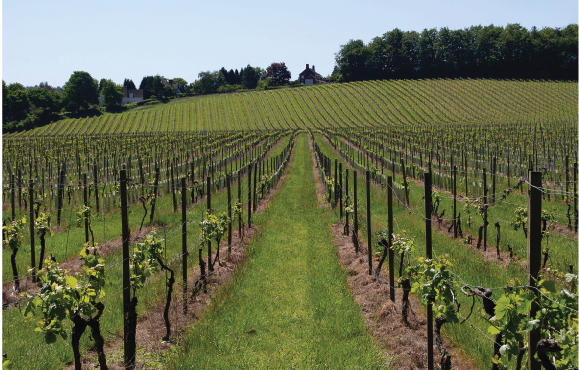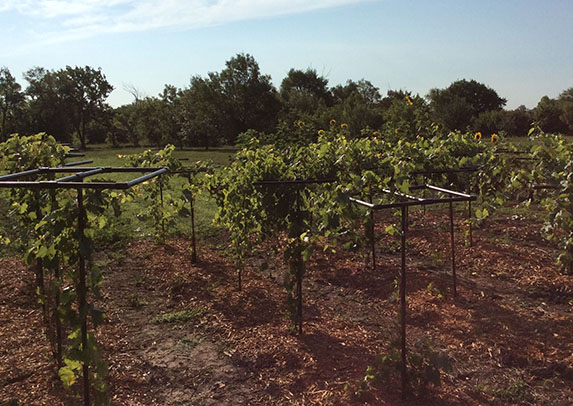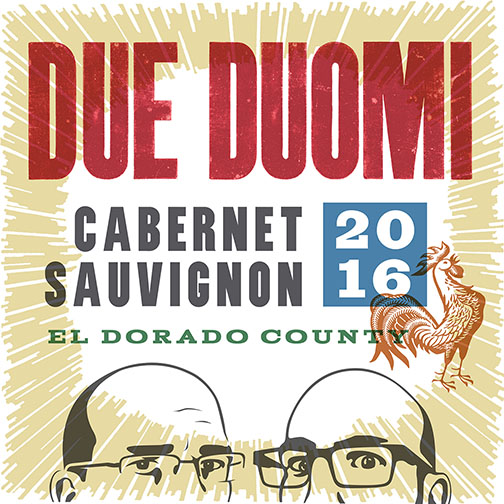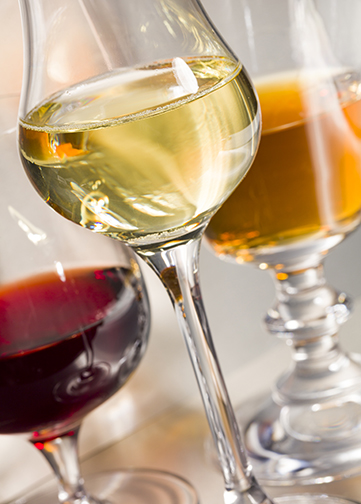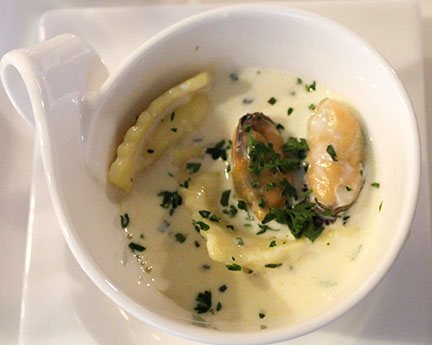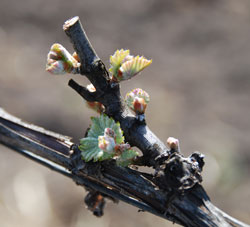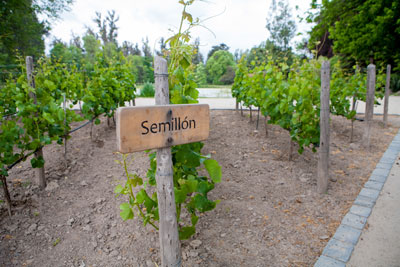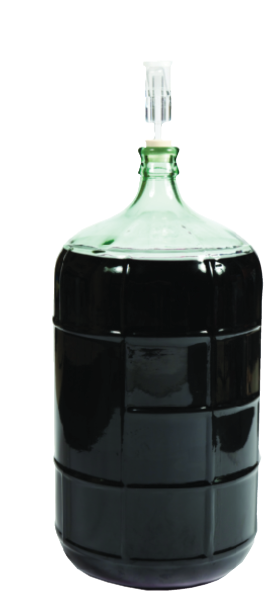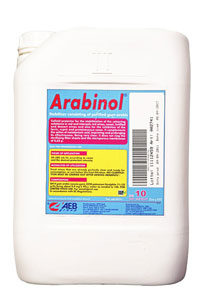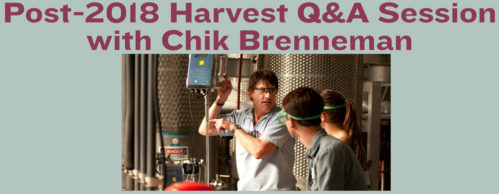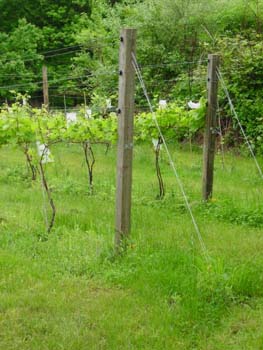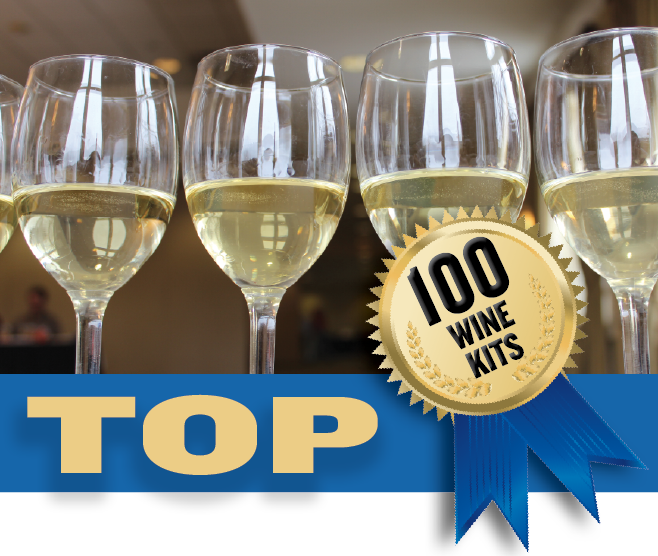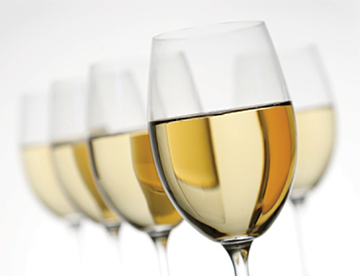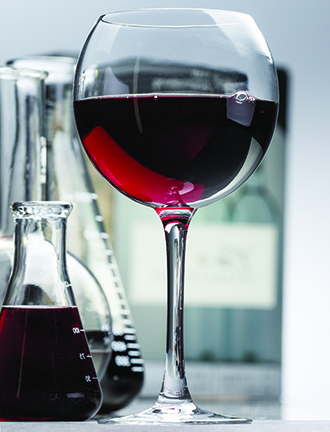Articles
Copper Sulfate Solutions: Wine Wizard
Q How do I get copper sulfate in accurate diluted food grade form? I would like to treat 5 gallons (19 L) of stinky fruit wine to get rid of the rotten
Vacuum Wine Corker
The the purpose of this project was to minimize oxygen and achieve longer shelf life on fruit wines. One trick commercial folks use to increase shelf life is packaging under a vacuum.
Chat With Jason Phelps
Live Chat with Jason Phelps, which took place on February 13, 2019.
WineMaker News Page
Get the latest winemaking news happening in the hobby (& professional) world.
Topping Up & Oak Cubes
Q I am a novice home winemaker and have been contemplating making the move from carboy and bottle-aging to barrel-aging some of my reds. It is my understanding that a new barrel
Wine Crystals & Wine Fridges
Q I have been making red Zinfandel wine at home with juice concentrate. I‘ve noticed crystals forming inside and they stick to the bottle. When you shake the bottle they disappear, but
KMBS Lifespan & Lambrusco Grapes
Q I have a question about sanitizing. I just mixed a fresh batch of potassium metabisulfite (1.5 oz. powder to 1 gallon water) to sanitize my equipment, and this latest batch has
15 Upcoming Wine Regions
People tend to stick to the familiar and pleasurable in life, and while there’s nothing wrong with enjoying your favorite Chardonnay or Zinfandel on a regular basis, remember the last time you
Chat With Bob Peak
Live Chat with Bob Peak, which took place on January 16, 2019.
Grape Halos (DIY Grape Growing Stakes)
Want to plant grapevines, but not necessarily enough to warrant a full-scale trellis and all the work and expense that goes along with it? Here are two alternative DIY projects for small-scale vineyards.
Prevent Volatile Acidity
Volatile acidity (VA) is a flaw that can ruin the aroma of a wine. Explore what exactly VA is, why it is such a problem, and techniques to avoid VA in the future.
2019 Label Contest Winners
View all of the winning labels from WineMaker’s 19th annual label contest.
Dessert Wines
Perfect for after-dinner treats, dessert wines are some of the most complex wines in the world. Get tips for making your own icewine, Sherry-style, and Port-style wines at home.
Recipes of Burgundy
If you’ve ever visited Burgundy, France, then you likely know all about how important pairing the right wine and food dish are. Here, we share recipes for a three-course meal as well as their perfect pairings for your Burgundian-style wines.
The Winemakers’ Renaissance
Home winemakers are living in the golden age of the hobby. One reader sits down to reflect on the great resources that are available to those of us who appreciate the joys of crafting wine at home.
Vine Budbreak: Early season tips
For viticulturalists, the time between budbreak and bloom is often a time to let the vines do their thing. But Wes Hagen explains that a little maintenance and care in this growth phase can save grape growers lots of time and hassle later in the year.
Stable Sémillon
Sémillon is a grape variety that is used to produce some of the great white wines of Bordeaux. Learn about what makes this grape so versatile and one that breaks the conception that white wine should be consumed young.
Avoiding The Winemaker’s Pitfalls
Learn key tips to avoid common winemaking pitfalls.
Gum Arabic, Chilled Reds, and Pinot Noir Advice
A reader wonders about the usefulness of gum arabic in their winemaking process. The Wiz also talks about chilled red wines, the ups and downs of Pinot Noir, and increasing mouthfeel in your wines.
Chat with Alex Russan
Live Chat with Alex Russan, which took place on December 12, 2018.
Chat with Chik Brenneman
Live Chat with Chik Brenneman, which took place on November 14, 2018.
2019 Backyard Vine Directory
Grow your own grapes? Thinking of starting a backyard vineyard? Now is the time to plan your spring. Here is a list of suppliers where you can purchase grapevines and/or supplies for your home vineyard…
Top 100 Wine Kits of 2018
Nearly 700 wines made from kits were entered into more than 30 different categories and judged in the 2018 WineMaker International Amateur Wine Competition. So which kits made the best wines? Here are the top 100 scoring wine kits according to the judges.
Get Crystal Clear About Filtration
If you want to serve a crystal clear and microbial stable wine, it will require filtration. Explore the “how” and “why” of wine filtration, along with the equipment needed to do it.
Wine Kit Tweaks
One of the best things about wine kits is that they are relatively easy to make into great tasting wine if you just follow the directions. However, once you’ve mastered that skill, you may be tempted to tweak the instructions or ingredients to customize your wine more to your liking.
